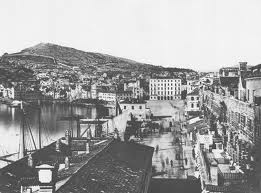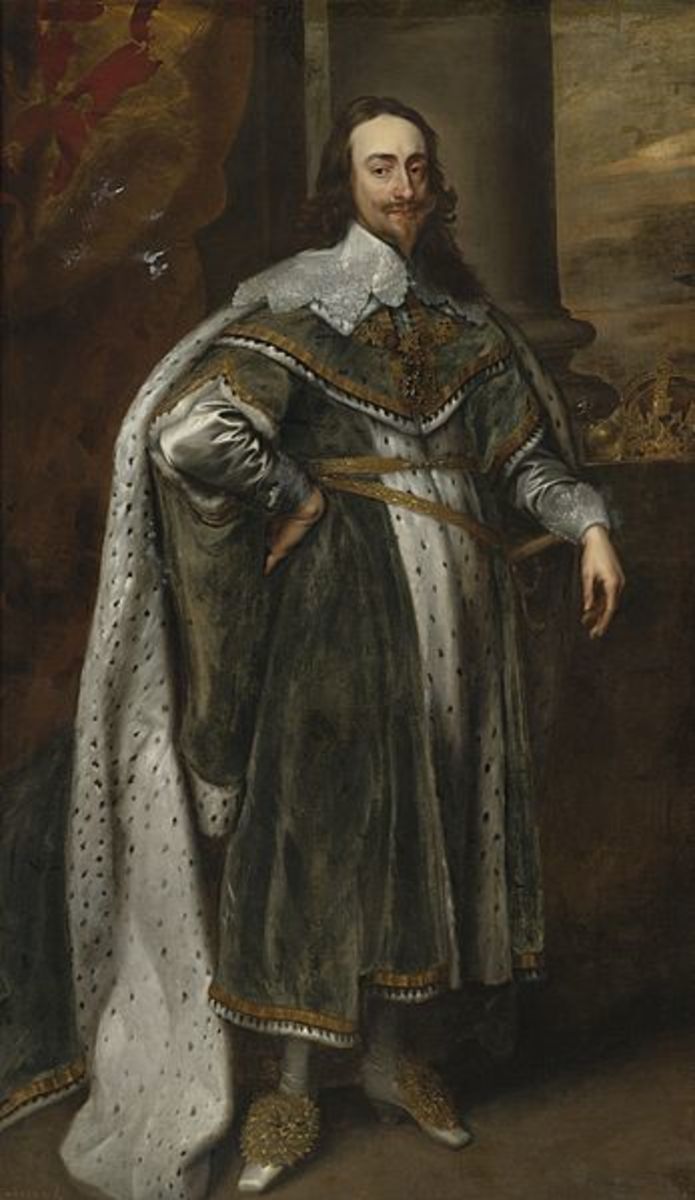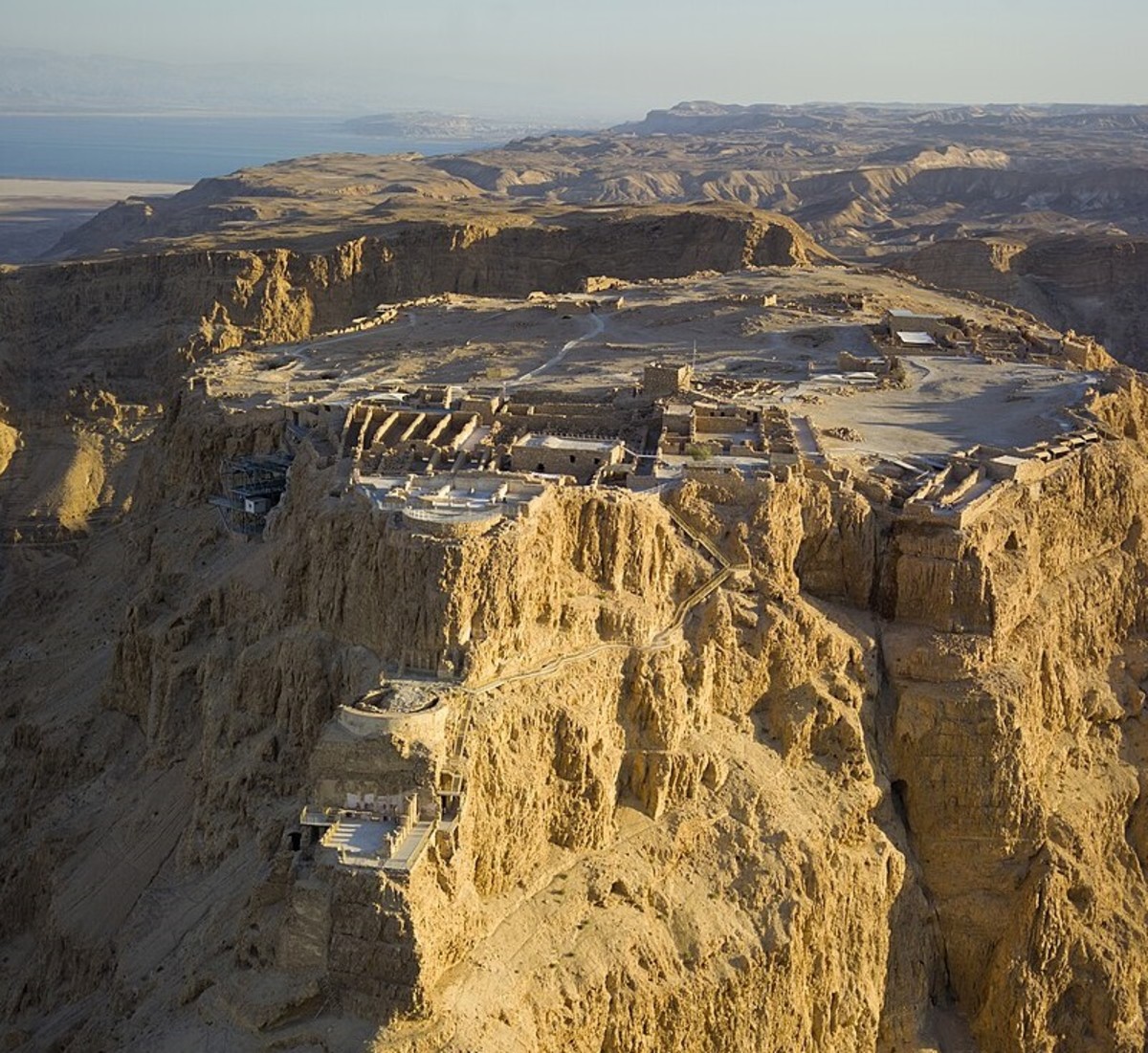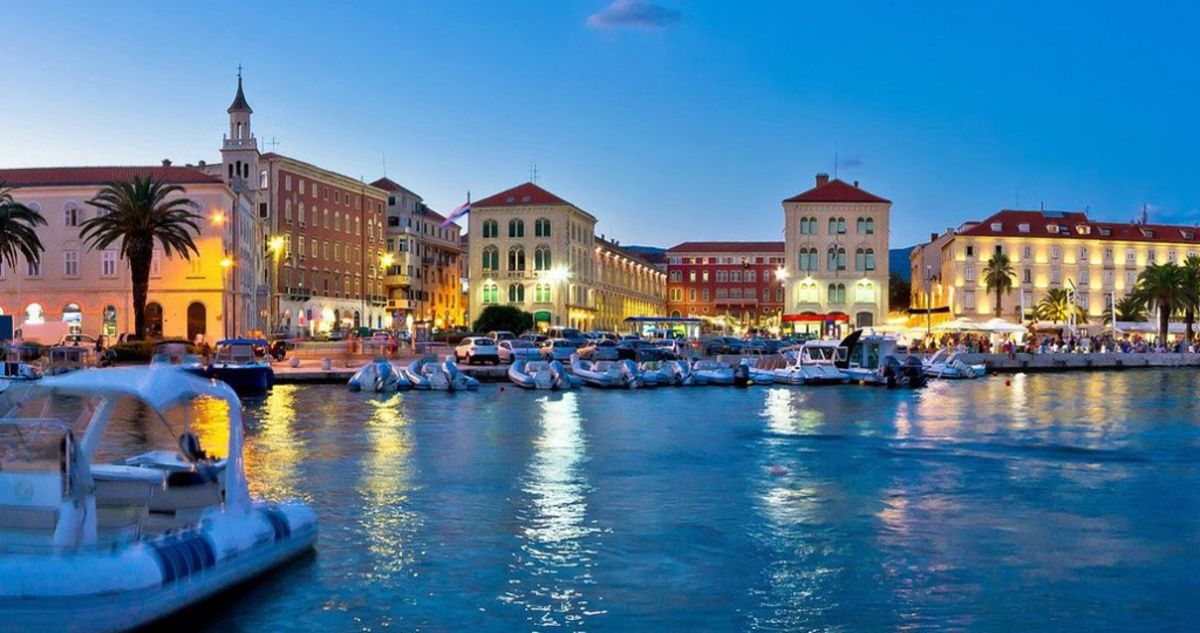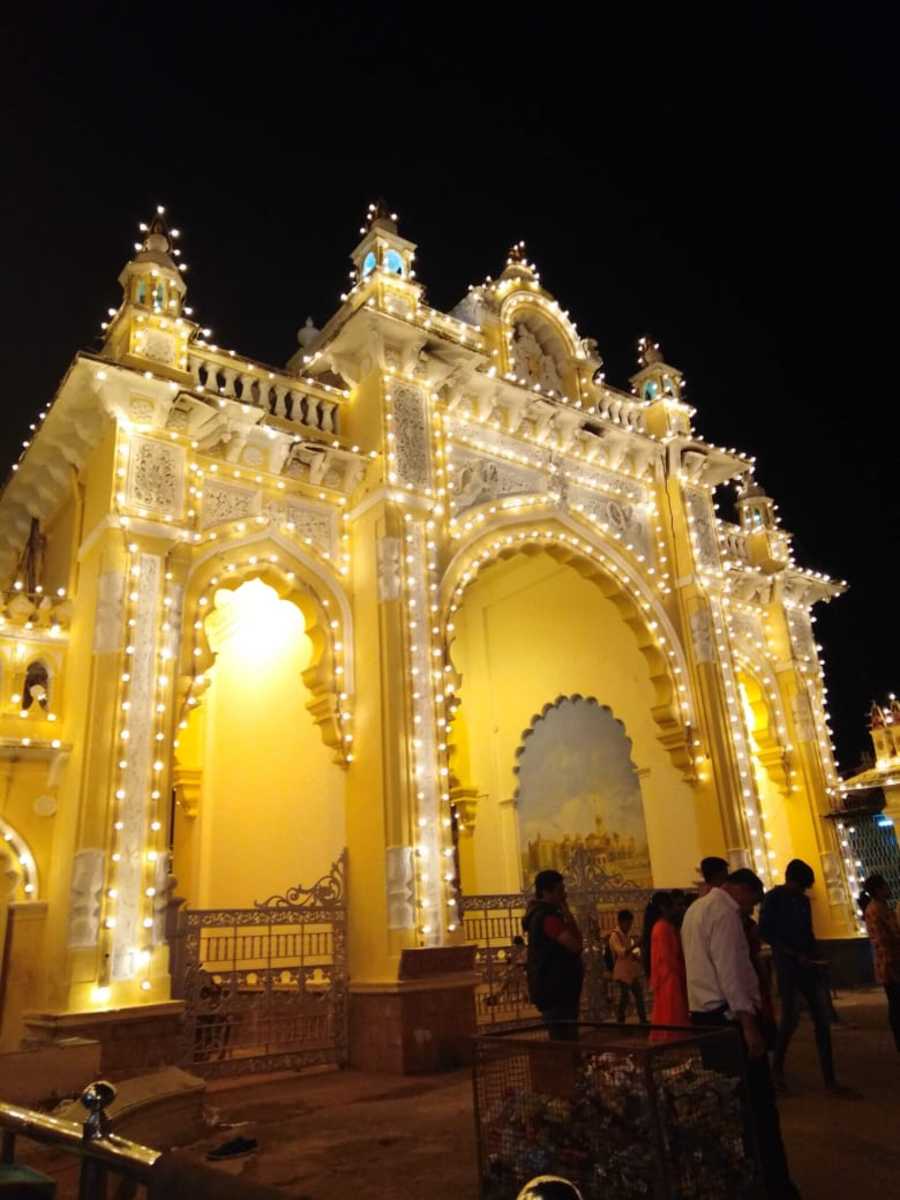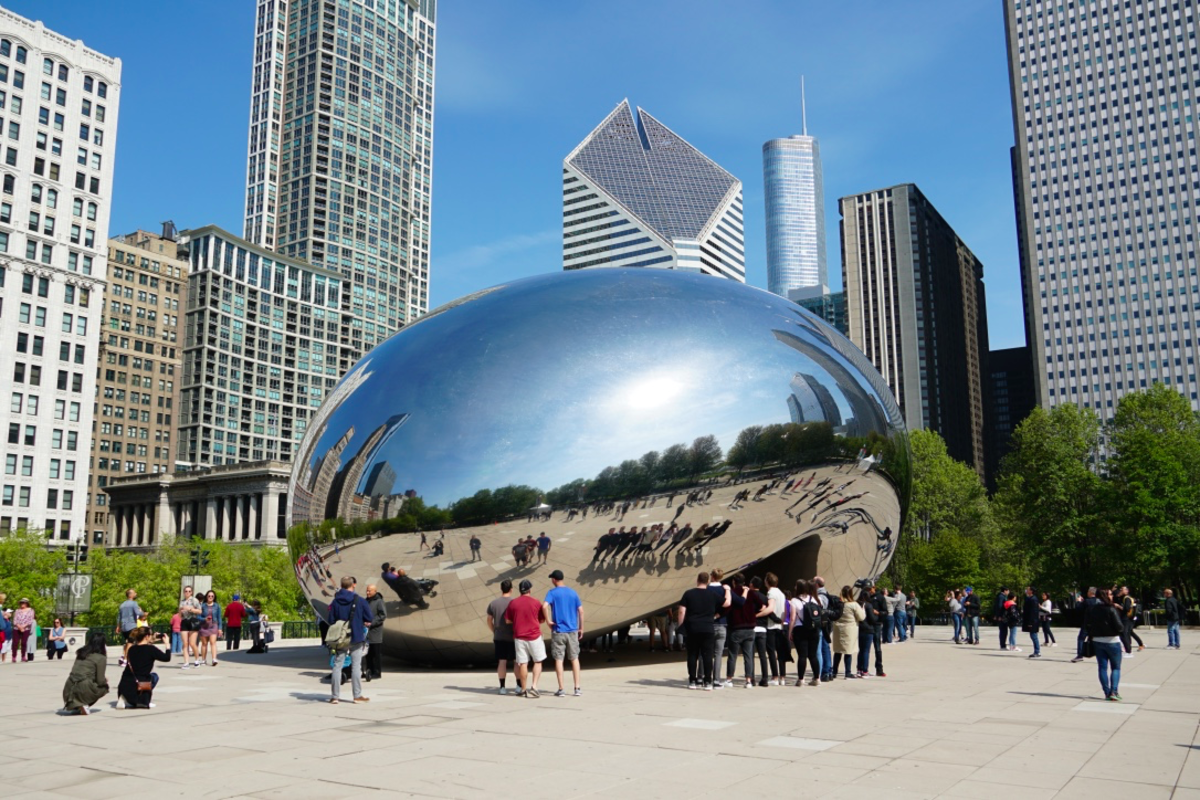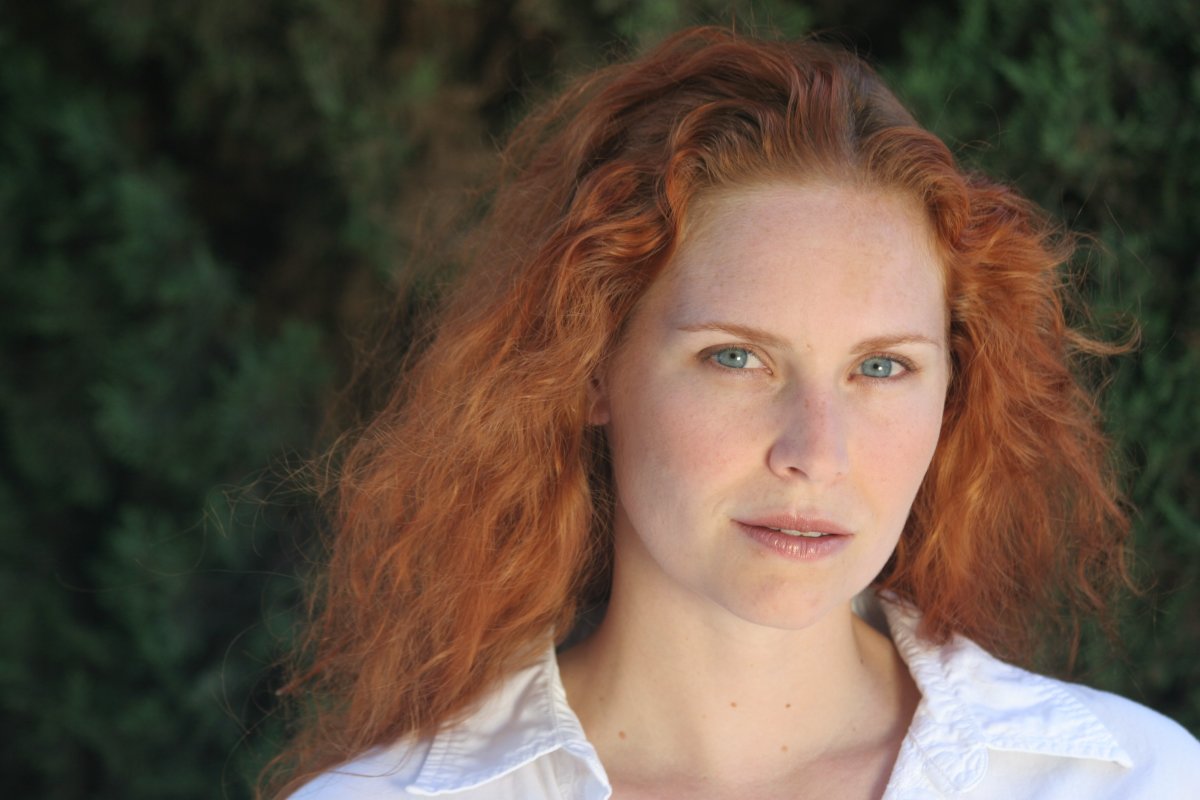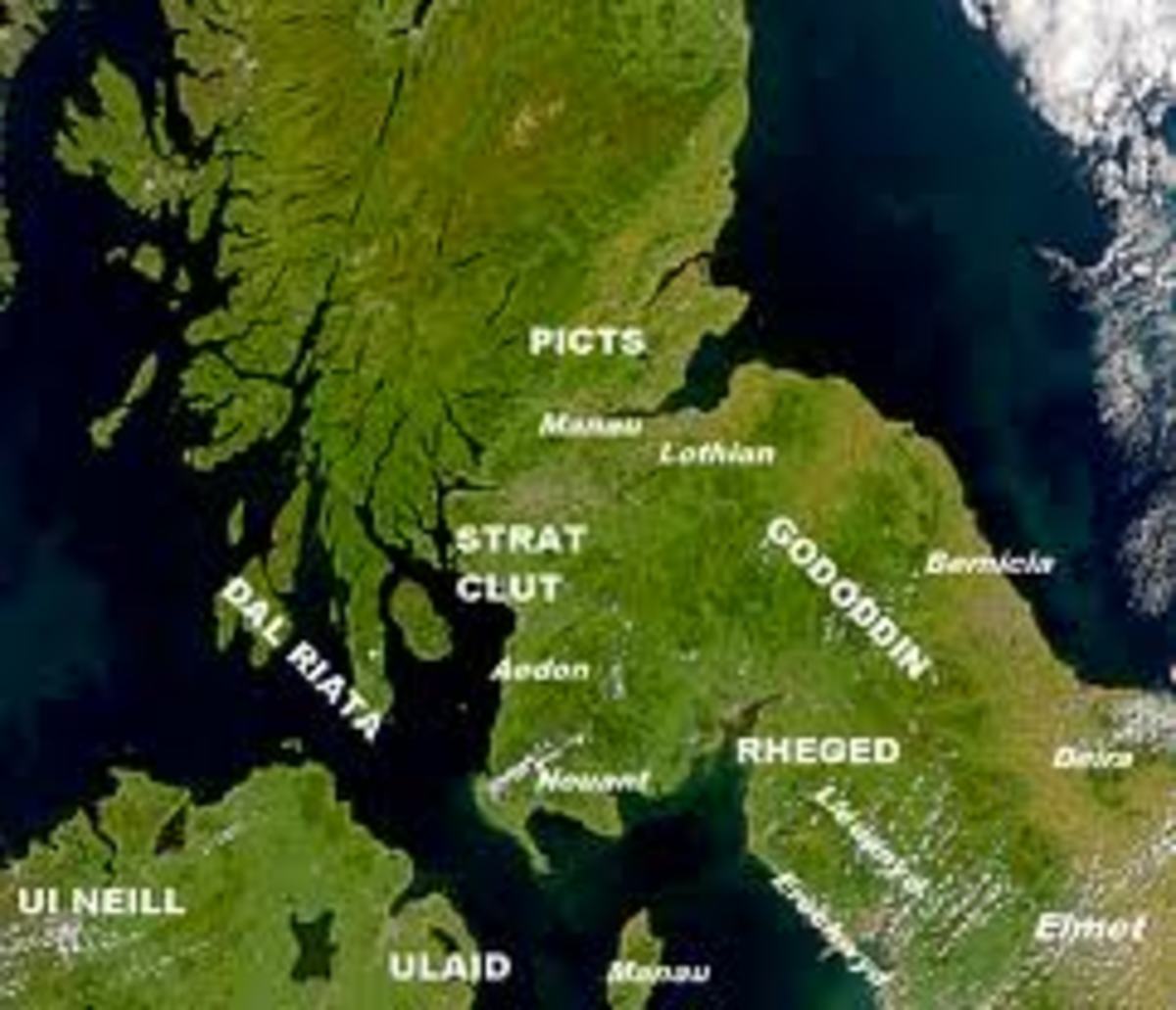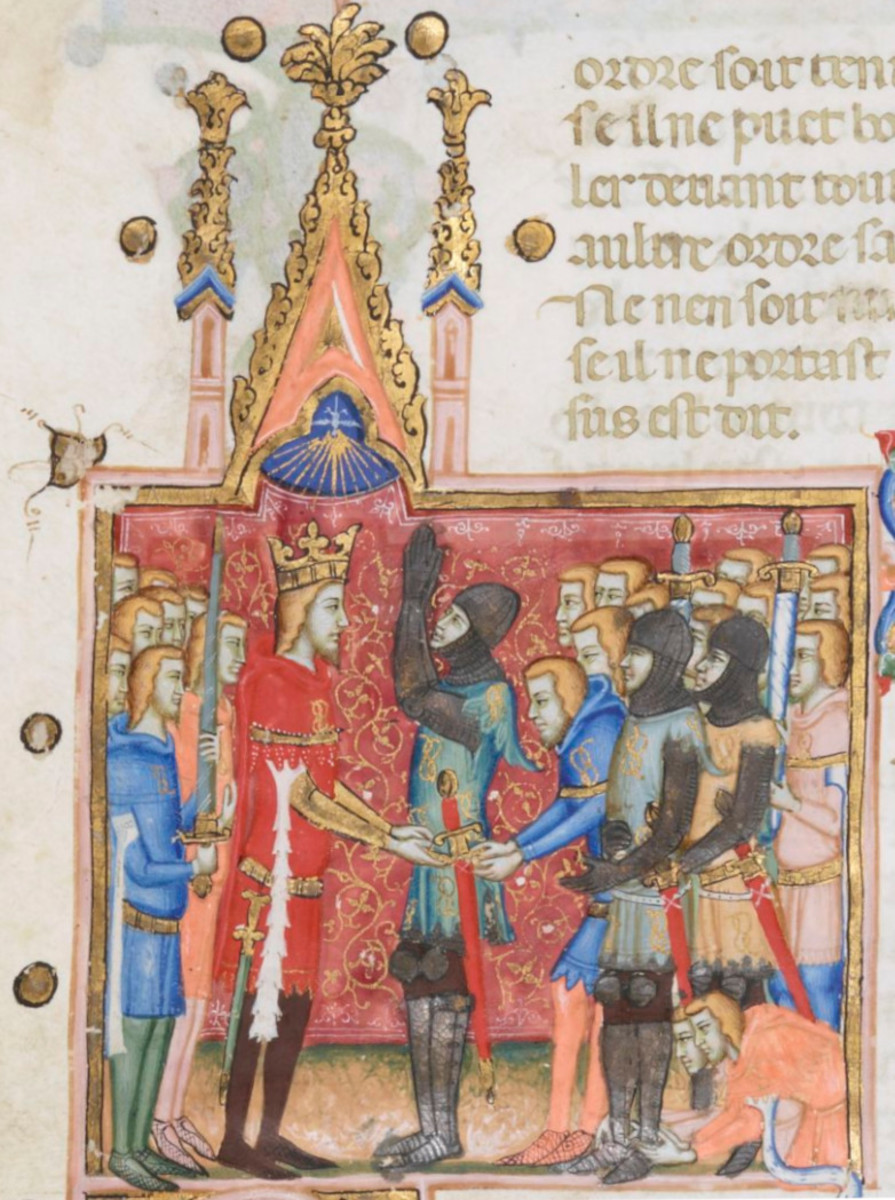The Silver Gate (East) of the Diocletian's Ancient Palace in Split, Croatia (Hrvatska)
The Diocletian's Palace's East Gate
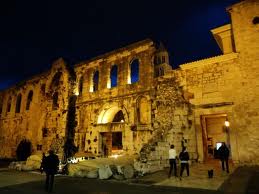

East Side Story
The Eastern Gate is one of the famous gates to the Diocletian Palace. Like the other Gates (Golden, Iron and Bronze - also known as "Honey") it received its nickname during the Middle Ages. During Ancient times it was called Porta Argentea, and was assigned a Patron Saint, Saint Apollinaire as its guardian.
In appearance, it is similar to the Northern, or Golden Gate (formerly the main gate to the Palace in Ancient times). The Golden Gate was more ornate but the Silver Gate had the same twin octagonal watch towers, a double entry, and reinforcement towers along the walls.
A fortress of a Gate

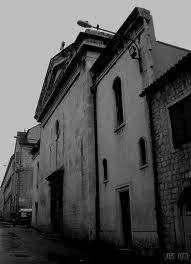
Egyptian sphynx and Ancient columns
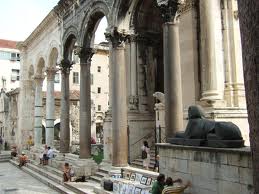
What lies Outside the Silver Gate
St. Katherine's church (also known as St. Dominik)
Outside the Silver Gate lies the Dominican church Saint Katherine of Alexandria, but because it is a Dominican church, it's commonly referred to as "Saint Dominik". Within the church is an interesting wooden altar. Many Croatians stop in to say a prayer or two before or after doing their shopping at the Pazaar.
The church was built in the Middle Ages, then torn down because it was thought to be a potential hiding place for Turkish invaders. The Turks were a huge threat during the 16th and 17th centuries, and the city invested the equivalent of millions of dollars building fortifications to protect their city. After some time, the city officials changed their minds and decided to rebuilt the church where it remains functional to this very day.
Grave of Bajamonti
It also holds the grave of former city mayor and water canalization completer Julijo Bajamonti, of Italian origin. He was a medical doctor and musical composer with a street named after him in the Ghet section of Split. He lived from 1744-1800 and was the uncle of Split mayor Antonio Bajamonti.
Antonio Bajamonti was also a medical doctor and worked in Sinj before beginning a civic works program in Split. He rebuilt sections of the Diocletian's aqueduct, and put it back into use again. He is also credited with building the Croatian National Theater (Hrvatsko Narodne Kazalište) in 1893 on the Prokurative, a stately Renaissance style square to the west side of the Palace off the Split Riva (seaside walkway).
On the Procurative, you can find the 100 (or more) year old, famous Hotel Bellevue and Center for Foreign Language (Centar za Strane Jezik). Recently, the former Theater has been converted into a classy bistro style restaurant called "Bajamonti" which is most recently classed as #3 best restaurant in all of Split.
HNK
The Croatian National Theater or HNK was been moved to a new location in the 20th century. Located at top end of Marmont Street, it is quite elegantly decorated with gargoyles and other ornate decorations, it displays the work of Ivan Mestrovic, a famous, internationally recognized Croatian sculptor who also designed a coin for the European Union and lived many years in the USA.
The Pazaar
Directly outside the Silver Gate, you will be entering the fantastic paved area of town known as the Splitski Pazaar - or just the Pazaara. It has been in existence for over 100 years, bringing in merchants from all over the Split area with homemade cheeses, wines, olive oil - whatever your heart desires!
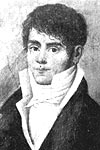
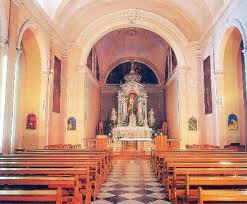
Inside the Silver Gate
Once inside, you will be taken aback at the fantastic panoramic view of the Peristil, an open, column edged pavilion. It was the center of public life during the Diocletian's day, and remains to this day the often visited home of the city's Cathedral Saint Dominus (Sveti Duje), Bell Tower (Zvonik) and remarkably well preserved ancient arches and columns. Opposite to the Cathedral is the Temple of Jupiter with two black Sphinxes imported during the Diocletian's time from Egypt.
At the moment you enter the Eastern Gate, you will be walking on the Decumanus. A breathtatking view of the Bell Tower unfolds before you. The Decumanus is a long walkway dividing the rectangular shaped palace from East to West. The Decumanus goes from the Silver Gate to the Iron Gate at the Western wall, meeting up with the Cardus traveling in the opposite directions (North to South walkway) intersecting at the Peristil.
The Peristil
the Peristil was, and still is, the heart of the Palace, a pearl of architectural wonder. An open air court surrounded by columns of white and rose quartz, the Peristil was a ceremonial pavilion during the Diocletian's time. Known as the son of Jupiter - a god in his own right - the people would fall down prostrate upon his emergence from his chambers. In addition to the massive columns and arches, there are two visible sphynx's in front of the Diocletian's former Mausoleum (now Cathedral Sveti Duje) and Jupiter's Temple.
A day in Split must include a visit to the Pazaar
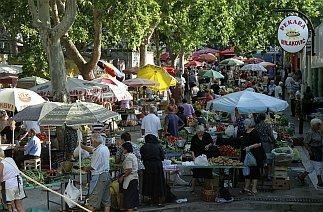
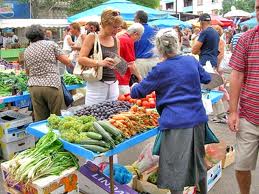
The Silver Door Today vs. Before the War
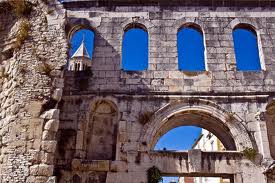
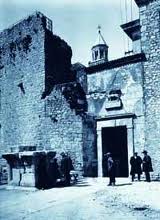
The Pazaar is a Very Interesting Place!
The Pazaara
The Eastern Silver Gate it is also the bordering wall of Split's famous open air bazaar (or Pazaara, as the locals call it). There, you can find a variety of items - at reasonable prices, but shop around for the best value. (Don't you be sold on the very first one!) Here is a great opportunity to observe the boisterous and upbeat spirit of Split itself. The vendors call out to passers by "Daughter in Law! Try my walnuts!" They are always interesting. If you are a foreigner, try not to speak - they may overcharge you.
At the pazaar, Fresh meat, flowers, fruits, vegetables - cheeses, honey, nuts, knitted apparel like warm socks, fantastic woolen sweaters, coffee, cigarettes, baked goods - and anything else that your heart could desire. The Pazaar is open for operation seven days a week. If you ever come to Split, by all means, you must go to the Pazaar! It's also a great place to "people watch."
Complete Bombardment during World War II
The Diocletian's Palace, particularly near the Silver Gate, was heavily bombarded during World War II. (Why would a historical place be bombed - no one can say, but the reasons are probably political in nature). The entire Eastern gate was rebuilt in 1952, stone by stone- refer above to how the Silver Gate looks "today" as opposed to before the War (WWII).
Due in part to this senseless destruction, new archeological findings were uncovered and rediscovered. Fragments of tools, ceramic and other relics from the first century A.D. were found. The Palace actually preserved them.
The area known as Split was actually referred to as Aspalathos before the Diocletian built his residential Palace. Its first known reference was on the Tabulus Petinguriana, a Roman map showing no reference to the Palace which means that Split as a settlement has existed for over 1700 years, if not longer.
The Diocletian's dining room was located in the eastern section of the Palace. There, a large half circular marble serving tray was found which is now on display at the Museum of Split on Papalićeva Ulica, not far from the Golden Gate in the northern section of the Palace.
The Diocletian suffered from rheumatic arthritis, as he did in Rome, he built sulphur baths or "Terme". These too were located on the eastern side of the a Palace.
Active archeological digging began in the 19th century and continues to this day.
Effects of World War II on the Palace (Sea Side)
